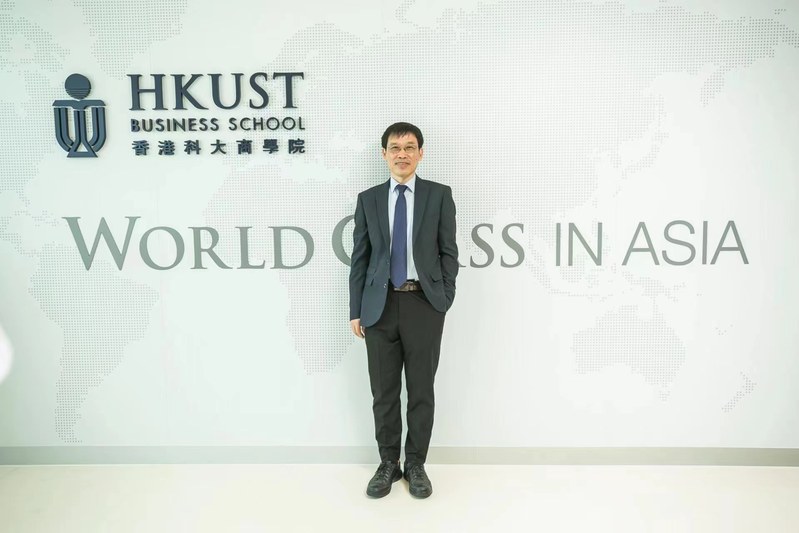报告人:陈松年教授 (香港科技大学)
报告人:洪进教授 (太阳成集团tyc9728太阳成集团tyc9728 院长)
报告题目:Quantile Regression with Group-level Treatments
报告时间:2022年6月7日(周二) 14:30-16:30
腾讯会议ID:591-4839-6958
直播链接:https://meeting.tencent.com/l/pkFdzf7OP20b
主办单位: 太阳成集团tyc9728 安徽高质量发展研究院
支持单位: 中国数量经济学会 《数量经济技术经济研究》杂志社
报告人简介:
陈松年教授1986年毕业于复旦大学数学系,1994年获普林斯顿大学经济学系经济学博士。1994年起任教于香港科技大学至今,现为香港科技大学工商管理学院经济学系讲座教授。陈松年教授从事微观计量经济学研究,长期担任Journal of Econometrics Associate Editor,迄今为止已经提出了大量原创性方法,发表高水平学术论文四十几余篇,包括Econometrica, Review of Economic Studies, Journal of Econometrics,Econometric Theory, 以及其它一流杂志Annals of Statistics,Journal of American Statistical Association,Journal of Economic and Business Statistics等。
内容简介:
To study the distributional effects of group level treatments, Angrist and Lang (2004) applied quantile regression with group level regressors, and Chetverikov et al. (2016) proposed a grouped instrumental variables quantile regression estimator, a quantile extension of the Hausman and Taylor's (1981) instrumental variables estimator for panel data. However, the analyses of distributional effects of group level treatments in Angrist and Lang (2004) and Chetverikov et al. (2016) are incomplete and their models are quite restrictive, and they only allow for heterogenous distributional effects of group-level treatments that corresponds to individual-level unobserved characteristics, but not group-level unobserved characteristics. In other words, Angrist and Lang (2004) and Chetverikov et al. (2016) allow for within group hetergeneous distributional treatment effects, but not between group heterogeneous distributional treatment effects. In this article, we provide a comprehensive analysis by proposing a quantile regression model that allows for heterogenous distributional effects of group level treatments associated with both individual level and group level unobserved characteristics, corresponding to within-group and between-group distributional effects. We propose two step quantile regression and instrumental variables quantile regression estimators, depending on whether the group level treatments are correlated with the group level unobserved characteristics. Large sample properties are presented and simulation results indicate our estimators perform well in finite samples.



